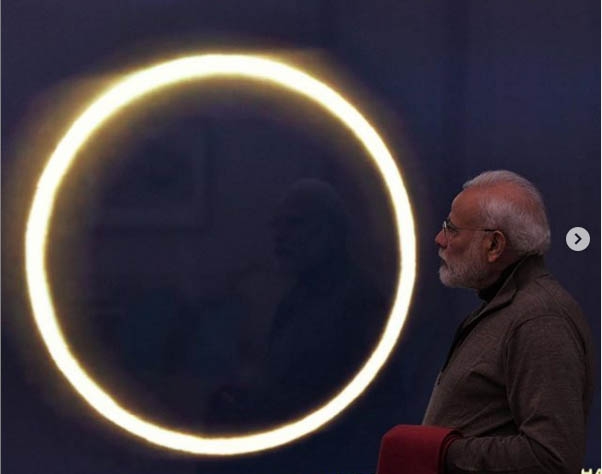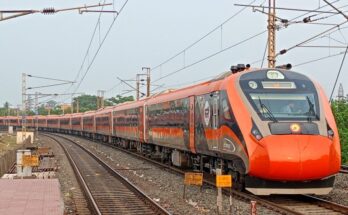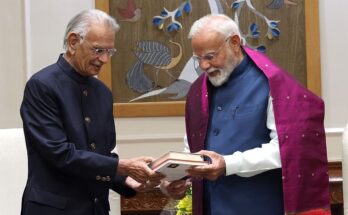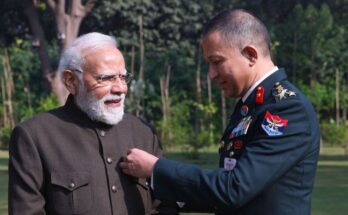New Delhi: Prime Minister Narendra Modi on Thursday said that he was unable to enjoy the last Solar eclipse of 2019 that was to be partially visible from the national capital due to a “cloud cover”. The Prime Minister, an ardent science enthusiast, could only manage a glimpse.
“Like many Indians, I was enthusiastic about Solar Eclipse 2019. Unfortunately, I could not see the Sun due to cloud cover but I did catch glimpses of the eclipse in Kozhikode and other parts on live stream. Also enriched my knowledge on the subject by interacting with experts,” Modi tweeted, attaching the pictures of himself trying to view the annual solar eclipse through the special ultra violet protection eye glasses and images of live stream from Kozhikode.
People of Delhi woke up to thick fog looming over the city with visibility of about 700 meters at 8.30 a.m. which deprived them of a glimpse of the solar eclipse. The rare celestial spectacle started at 8.17 a.m. and lasted till 10.57 a.m. in Delhi. According to scientists, the solar eclipse was expected to be fully visible only in the southern states of India. People from Karnataka, Kerala and Tamil Nadu were able to see the eclipse, while the rest of the country was able to see a partial solar eclipse.
Solar eclipse occurs when the Moon passes between the Earth and the Sun, totally or partly obscuring the Sun for a viewer on Earth. An annular solar eclipse takes place when the moon’s apparent diameter is smaller than that of the Sun’s, blocking most of the Sun’s light. This causes the Sun to look like a ‘ring of fire’.
Partial phases of the solar eclipse will be visible from various parts of the country in varying magnitude, depending on its geographical position. Besides India, the eclipse will be visible in Saudi Arabia, Qatar, United Arab Emirates, Oman, Sri Lanka, Malaysia, Indonesia, Singapore, Northern Mariana Islands, and Guam.




